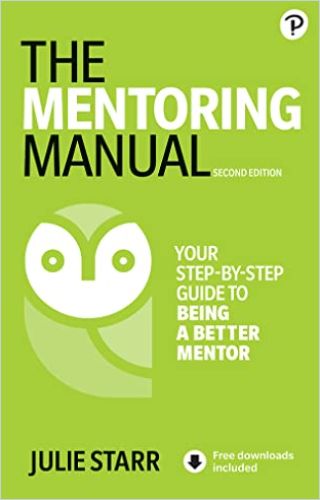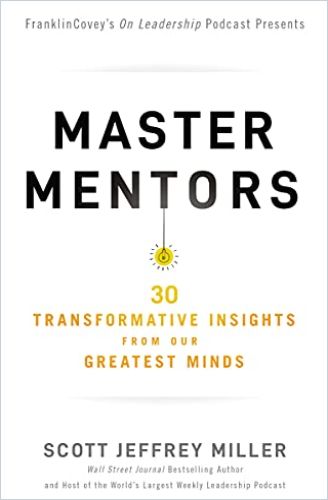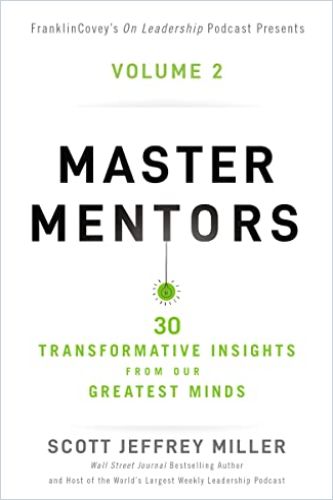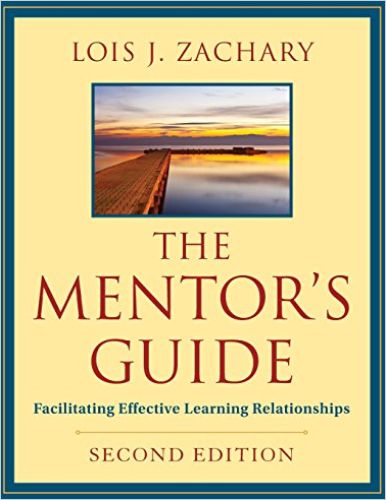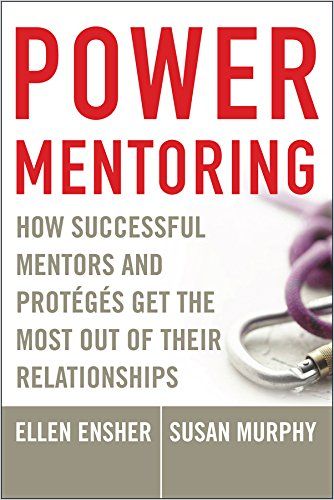How to Set Up a Mentoring Program (and Why)

According to a Deloitte Global Human Capital Trends survey in 2020, the sense that they belong at their company is essential for employees to optimally perform their duties. Companies want to recognize their worker’s “whole selves,” yet often their employees feel discouraged from even mentioning their home or family lives. McKinsey data shows a company’s diversity is a strong predictor for profits. One way to ensure diversity in leadership roles is to set up a strong, inclusive mentoring program in your organization that improves employee engagement, builds organizational cohesiveness and competitiveness, and encourages a culture of continuous learning.
1. Define Your Goals
Today’s mentoring programs have broader goals than grooming a chosen few for future senior positions. They seek to:
- Improve both the “emotional intelligence” and “technical intelligence” of the company.
- Enhance overall company competitiveness.
- Develop the leadership potential of all employees.
Get clear about the results you want from a mentorship program. Are you trying to solve a particular problem or support general leadership development? What gaps can a mentoring program fill? Envision the results for your company of a successful mentoring program and, by contrast, none. One of the greatest values of mentoring is it emphasizes personal connections and support for professional growth.
Mentoring satisfies a basic human need to speak to trusted people who will listen empathetically and offer wise counsel.
Peter Wilson
French food services company Sodexo maintains three mentoring networks: “Peer2Peer,” which connects employees to groups for learning and collaboration; “Expertise in Action,” which are focused learning groups; and “IMPACT,” through which members share leadership resources with each other. You can integrate your programs into existing initiatives, for instance, for tackling developing business challenges. If you’re in a company without a mentorship program, consider industry groups designed to offer support and networking; these can be especially helpful for women of color navigating technology careers, says Suzanne Tedrick in Women of Color in Tech.
Mentoring programs narrow skill gaps and help in finding “hidden talent.” They connect the broader value of learning to work. They facilitate the adoption of best practices from one department to others and help managers hone in on performance issues. They promote camaraderie and unity. Newer employees become aware of trends, hone various skills, help test new initiatives and find out about career opportunities.
2. Design Your Program
Mentoring is teachable, so decide what kind of training to give your mentors and how you’ll match mentors with mentees. If your program is short-term – like IBM’s 60-day mentorship of new hires – you will have a more concrete idea of the skills and knowledge you wish to convey. IBM offers different career development programs that align with overall strategic goals and are a desirable perk for newer hires.
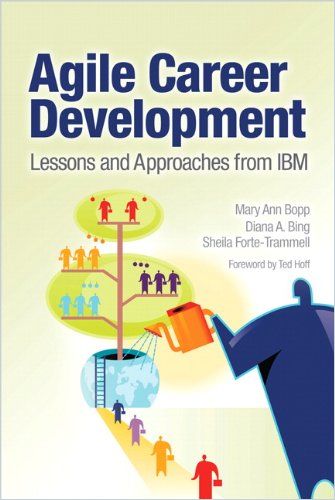
The company also encourages networks of “professional communities” within the organization so employees can learn from each other. Longer-term mentorships allow more time to develop interpersonal rapport. The degree to which a program is formal or informal will also affect expectations, say the authors of Mentoring in Action.
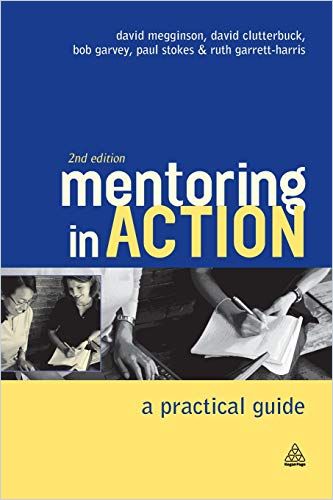
Make sure mentor and mentee expectations of support are clear. Relationships between individuals grow and change, so be sensitive to this fact. Participation should be voluntary to be successful. Communication and listening skills are foundational. The most successful mentoring programs encourage the mentee to take the initiative in guiding the relationship.
In The Complete Guide to Mentoring, business strategy expert Hilarie Owen notes that successful programs plan ahead, plan for ongoing support and ensure senior leadership is committed before launching. The goal should be to tap not just knowledge but institutional wisdom.
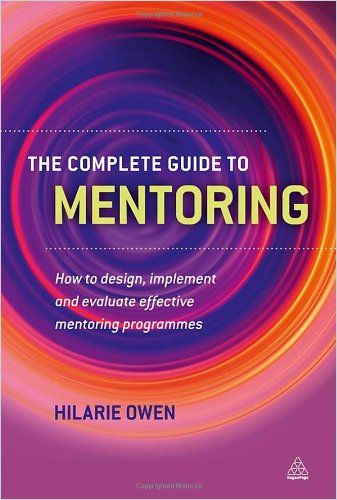
Kick off with a pilot project to evaluate hits and misses, and gauge for interest. Find enthusiastic stakeholders to get the ball rolling. Design robust pathways for feedback. You can create groups focused on popular topics to attract participants.
3. Connect People to Mentors
In Modern Mentoring, author Randy Emelo says companies began emphasizing mentoring in the 1980s to better include women and people of color in a company’s leadership pipeline. Executives guided “proteges” along their organizational career path. But mentoring no longer has to be a rarity, nor need it be one-on-one.
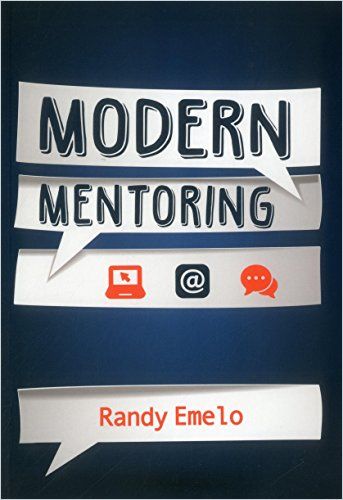
Emelo suggests a larger “personal learning network” of colleagues, supported by a robust communications platform. “Early adopters” can tackle a stubborn organizational problem. A many-to-many program work especially well for self-directed educational goals aimed at upgrading skills and knowledge.
All of today’s employees work in the same fast-paced environment where most skills have a shelf life of 18 months or less.
Randy Emelo
Or consider the benefits of “reverse mentoring,” says executive coach Patrice Gordon on Brene Brown’s Dare to Lead podcast, where junior employees, often from less represented groups, offer their insights as newbies to senior executives seeking to understand different viewpoints in the workplace. This builds on the idea that anyone can learn from anyone.

4. Brush Up Your Mentoring Skills
Ultimately, mentorship is a collaboration between people to learn, and to specifically offer career guidance to mentees. The best mentors offer relevant experience and insight that aligns with mentee goals. Above all, they listen. Author Peter Wilson in Make Mentoring Work says mentors can advise mentees about:
- Managing work relationships, especially with difficult colleagues.
- Understanding and thriving within existing company power hierarchies.
- Managing ambiguity while making decisions.
- Exploring ethical questions.
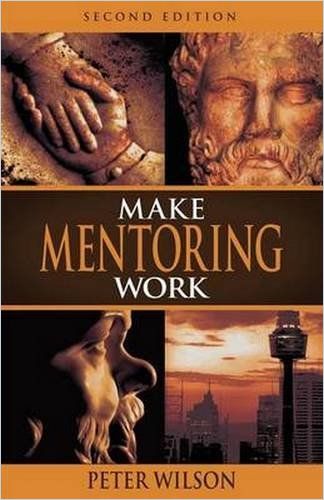
Rapport is important to consider when matching mentors and mentees. This develops out of empathy and trust within a context of psychological safety. Mentors won’t fix problems, but will instead guide mentees on their thinking by asking open-ended questions, although they also shouldn’t shy away from challenges and candor. The point is to help employees develop their own judgment and skill set to solve problems for themselves.
Owen points out that people believe “implicit leadership theories” of who a leader should be they picked up along the way, some as early as when they were five, that they carry, unchallenged, into adulthood. Mentors can help mentees recognize these unconscious beliefs and consciously update them. Lay out the ground rules for constructive conversation and conduct, and emphasize respect. Build in the space for thoughtful reflection. Encourage mentees to keep a journal of their progress. For more mentoring tips:

Working Women: Valerie Jarrett and the Importance of Mentorship
Spotify Read Summary5. Be Inclusive
“Cultural intelligence” – an open-minded approach when it comes to working with people from diverse cultures – is as highly prized as specialized technical skills in many companies worldwide. Beware often subconscious attitudes that form barriers to the advancement of women or people of color. For instance, senior leaders often assume that women take longer to earn promotion and that they are less eager for it in the first place. These are stubborn and untrue stereotypes. Most organizations pair older and newer employees but it makes more sense to pair people with complementary goals who may be able to help each other move forward. Pairing people with diverse perspectives creates a context for breakthroughs says Sarah Lux-Lee in her Google Talk, “Building Belonging for a More Diverse and Inclusive Workplace.”

Building Belonging for a More Diverse and Inclusive Workplace
Talks at GoogleLux-Lee offers additional tips for bringing more personal touches to mentoring through online platforms. For instance, invite your mentee to talk about the signs of their personal life you might see while conversing online. 89% of mentees eventually become a mentor to someone else.
Mentorship is vital to creating diverse workplaces where employees feel a sense of belonging.
Sarah Lux-Lee
An emphasis on diversity includes people at different levels of seniority and in different departments. With modern technology, program participants can be at different locations. The broadest possible group offers the broadest knowledge base.
6. Figure Out How You Measure Success
As Owen points out, if you gather metrics up front about turnover, promotion, employee recruitment, retention and development, you’ll be in good shape to measure these attributes after rolling out your program. Define metrics to measure the costs and benefits of mentoring programs to your organization:
- Start by analyzing the results of other company development programs including expenses, rate of participation and successes.
- Identify the areas that your mentoring program is most likely to affect, for instance, recruitment, retention and employee engagement.
- Evaluate various metrics at the beginning of employees’ involvement with mentoring programs such as skill levels.
- Establish the cost of time spent learning away from job responsibilities.
- Track mentor time and observations.
- Consider administrative costs.
People are driven by individual imagination, passion and personal experience. Factoring these drivers into learning can help people move from passivity to activity because their motivation to learn is personal.
Randy Emelo
Small to mid-sized enterprises (SMEs) may benefit even more than larger organizations from a mentorship program as their business often faces particular challenges depending on where they are in terms of developmental growth.
